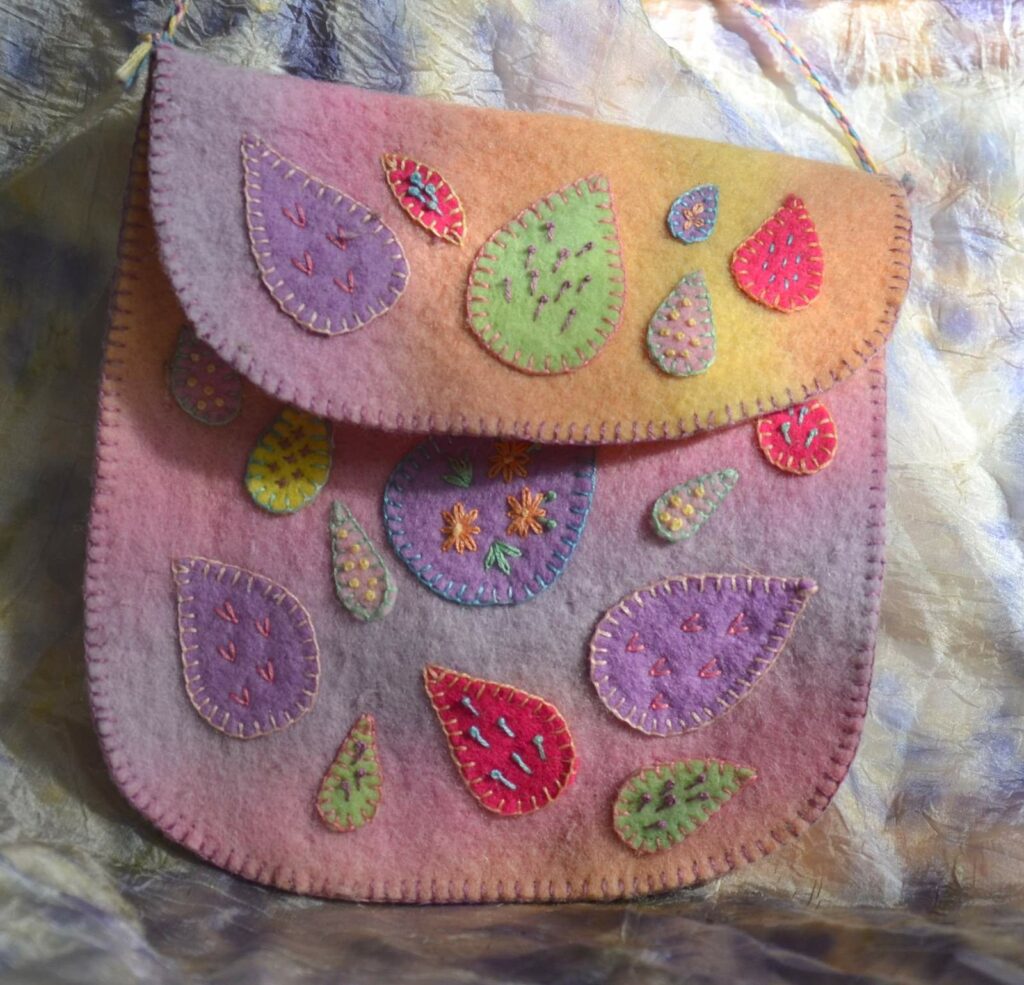When we first started occupational therapy with an experienced therapist, I was assigned a series of movements to take my sons through.
As I watched them complete the exercises, I realised they were re-enacting many of the natural movements of early infancy. For example, instead of tummy time to encourage ‘push ups’, they were being asked to lie on their stomachs like wriggling worms and lift their heads. They were shown how to roll like pencils across the floor, and ‘commando crawl’ in the way babies move before they can crawl on their hands and knees.
This took me by surprise, as my kids crawled and walked within typical time-frames, but as I’ve tried to better understand autism therapy, the common themes of getting children to revisit skills developed during the first two years of life keep appearing in different disciplines. The purpose being to strengthen foundational skills and brain connections, even if they are already present.
Observing an exercise program for infants and then trying to encourage your child to follow those movements at home might be a less expensive way of getting started while you are waiting for therapy funding. It’s not a substitute for completing a movement program, because occupational therapists are qualified to assess when a child has graduated from one phase of movement to another, and they have more tailored expertise to offer, but it’s something I would have liked our kids to try sooner.
